Estimated reading time: 15 minutes
Disclaimer: I am not a medical doctor and nothing in this article should be taken as medical advice. Please talk to your doctor before using any of the herbs or remedies mentioned in this article.
You plant flowers in your garden for their beauty. You also probably like the fact that they can help improve the soil and attract bees and other beneficial insects.
However, did you know that many flowers and flowering herbs have time-honored medicinal properties? Some of these flowers are edible or can be seeped into soothing teas. Others are for topical use only as part of salves and tinctures. Many medicinal flowers can be used to amplify other treatments.
This alphabetical list is intended as an introduction to medicinal flowers and their uses. As with any medicine you try, it's best to consult your health practitioner or a qualified herbalist before using them as a part of your health regimen. We've also included a few valuable resources at the end of the article.
Want to save this post for later? Click Here to Pin It On Pinterest!
1. Angelica
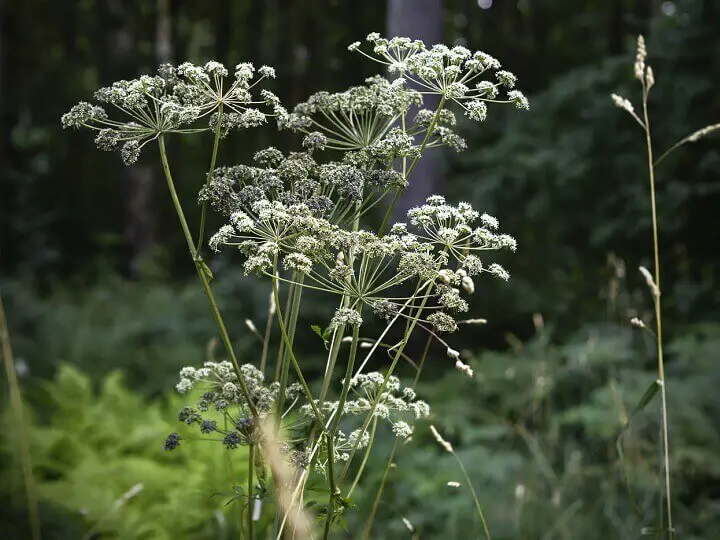
The fragrant Angelica (also known as wild celery) is a biennial and perennial herb that is used for ornamental and culinary purposes. It can grow up to six feet tall and produces large, green-white blossoms beginning in its second year.
Medicinal uses include the treatment of:
- digestive disorders
- coughs
- colds
- menstrual pain
2. Bee Balm
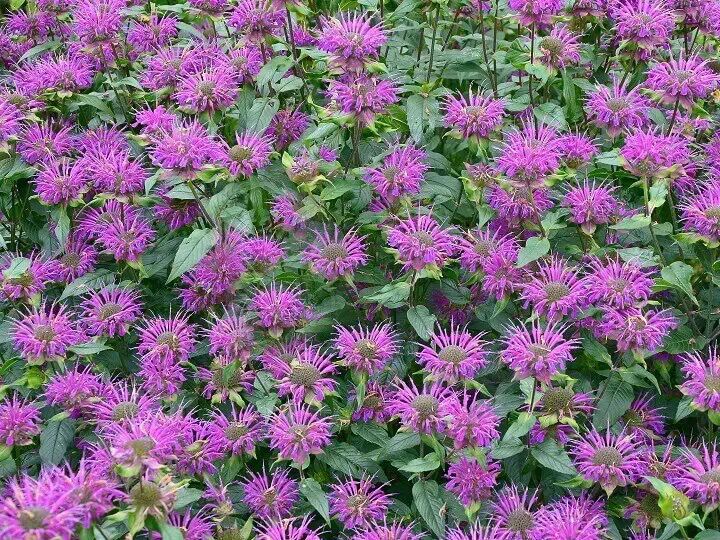
Bee balm (also called wild bergamot) is a perennial known for its bright summertime blooms of red, purple, pink, or white. It also bears fragrant foliage that helps attract bees.
You can use the flower heads for the following medicinal uses:
- antiseptic salve
- gas relief
- diuretic
3. Begonia
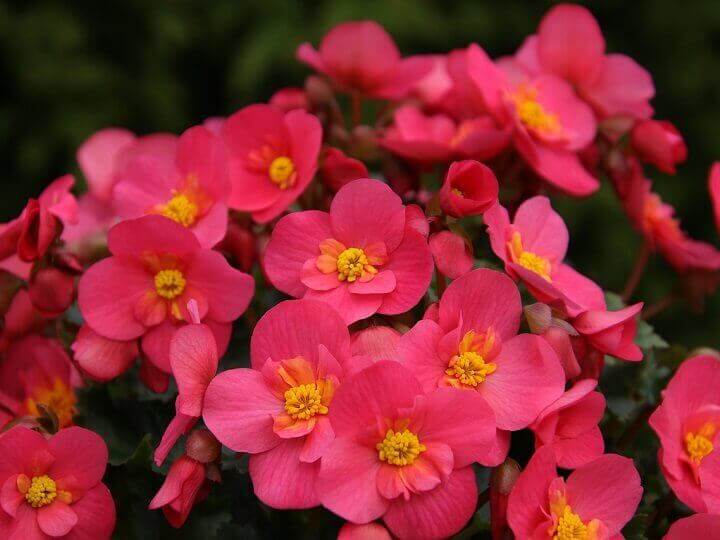
Begonias are known for their glossy foliage and colorful blooms. The plants range in size between eight and 48 inches tall. Gardeners appreciate that they are (mostly) deer- and rabbit-resistant.
An infusion made with begonia flowers can help:
- relieve headaches
- flush the body of toxins
Crushed flowers and leaves rubbed directly on the skin can help heal sores and relieve burns.
4. Blood Root
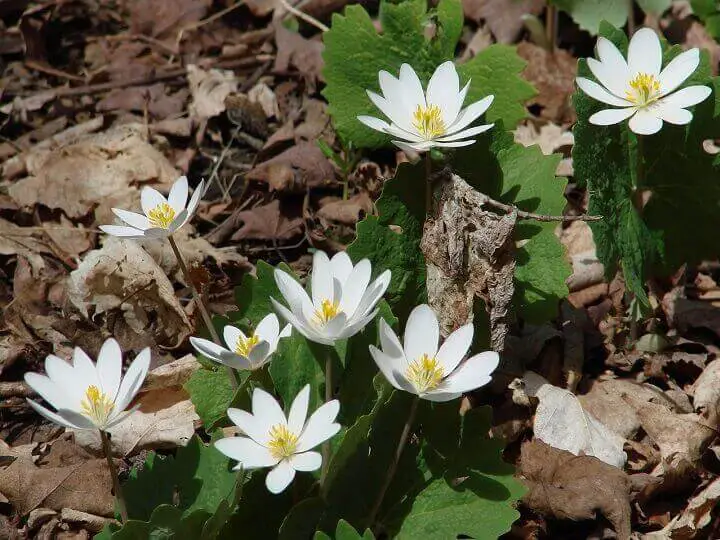
A herbaceous flowering plant that is in the poppy family, blood root is native to eastern North America.
Its small white flower can be used to treat:
- respiratory problems
- skin rashes
- warts
- fever
5. Blue Lobelia
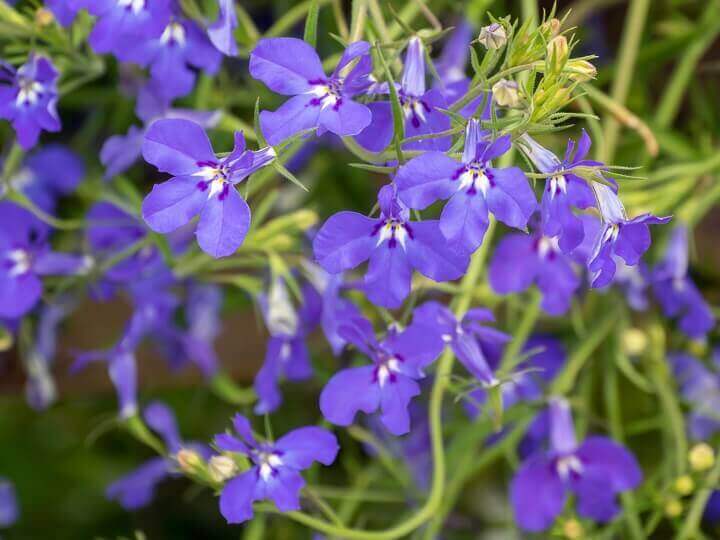
Native Americans used this lovely herbaceous perennial to treat syphilis.
A tea brewed with the blue petals can help relieve:
- fevers
- coughs
- colds
- digestive problems.
6. Butterfly Weed
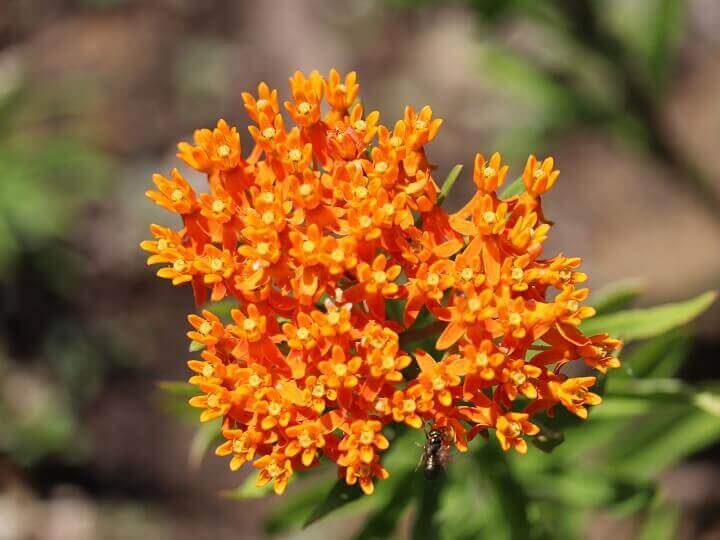
A species of milkweed that attracts butterflies, this flower was used in Native Indian cooking.
You can use the flower to:
- relieve congestion
- reduce swelling
- heal wounds.
7. Calendula
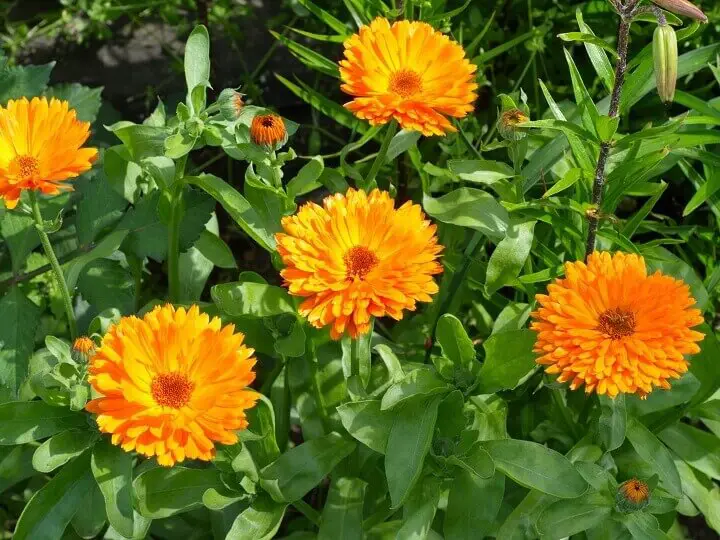
The calendula (also called pot marigold) features bright yellow petals.
When mixed with other substances in an ointment, the petals can be used to:
Want to start a homestead but not sure how?
Click Here to get a FREE book, "How To Homestead No Matter Where You Live."
- promote wound healing
- soothe burns and sunburn
- treat rashes
- reduce acne and eczema
- reduce vaginal dryness
8. California Poppy
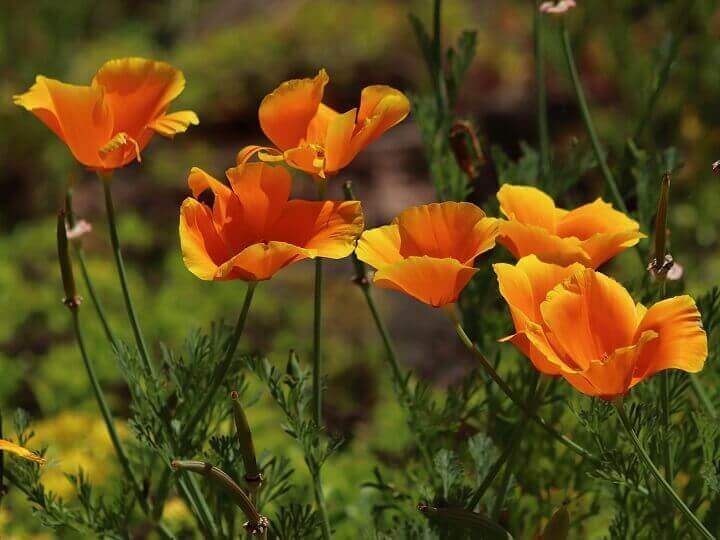
Standouts for their bright orange and yellow color, California poppies are not addictive and do not contain opium.
However, these plants can help treat the following:
- anxiety
- insomnia
- bladder problems
9. Carnation
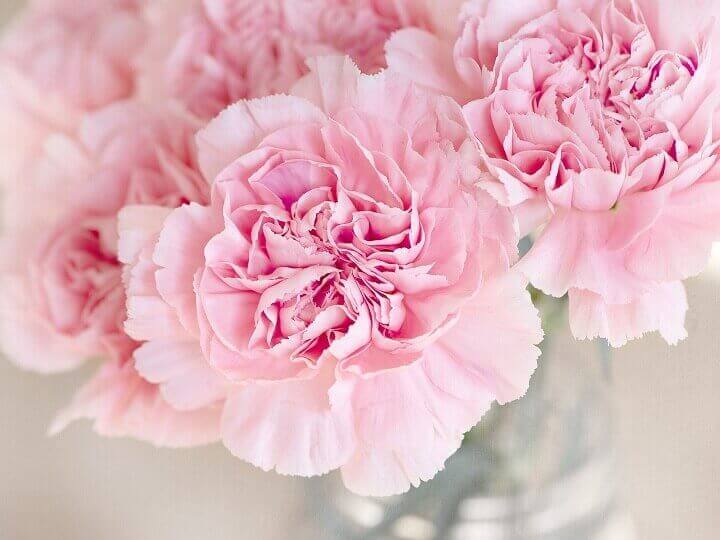
When brewed in a tea, carnation petals can help reduce the following:
- anxiety
- fatigue
- swelling
- muscle soreness
- gas pain
10. Chamomile
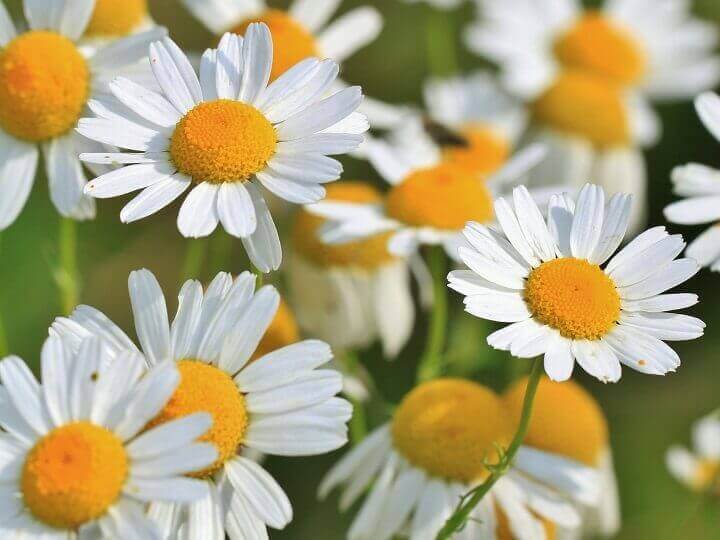
This family of daisy-like plants can be used to make a soothing tea that offers these benefits:
- reduces cold symptoms
- relieves menstrual pain
- soothes stomach upset
- promotes sleep
11. Chrysanthemum

These popular fall blooms also make a nourishing tea that helps relieve:
- fever
- headache
- eye strain
- fever
12. Coneflower
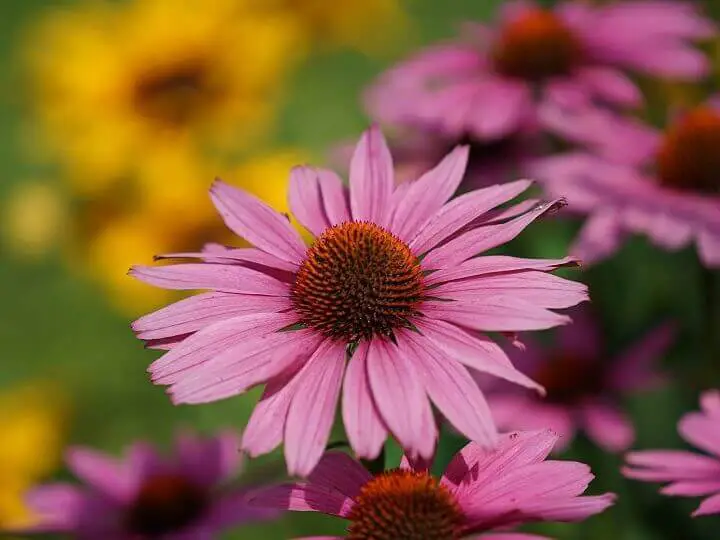
Coneflowers (also known as echinacea) is a tall prairie flower that boasts pink or purple petals. It is used by herbalists to help boost the immune system and help ease cold and flu symptoms.
It also can help treat the following:
- viral and bacterial infections
- boils, cuts, and wounds.
13. Corn Flower
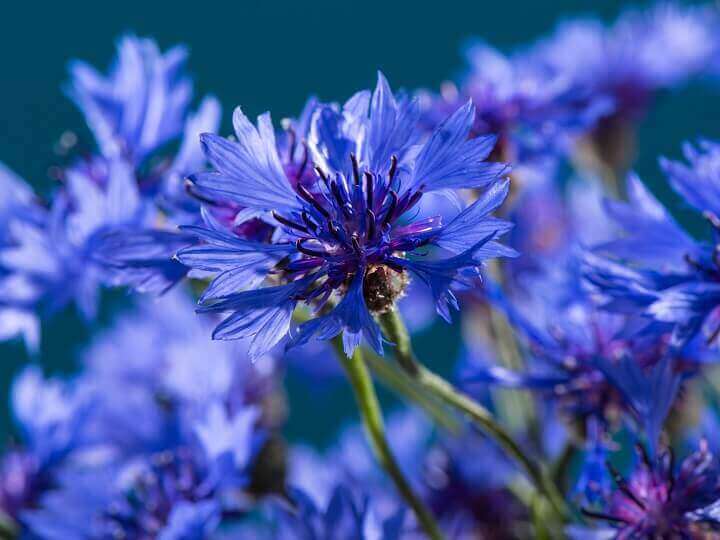
Gardeners like the distinctive sky-blue color of these flowers. When used in a tea, the flower freshens the breath and works as a laxative. A paste made from corn flowers helps heal acne and irritated eyes.
14. Daisy
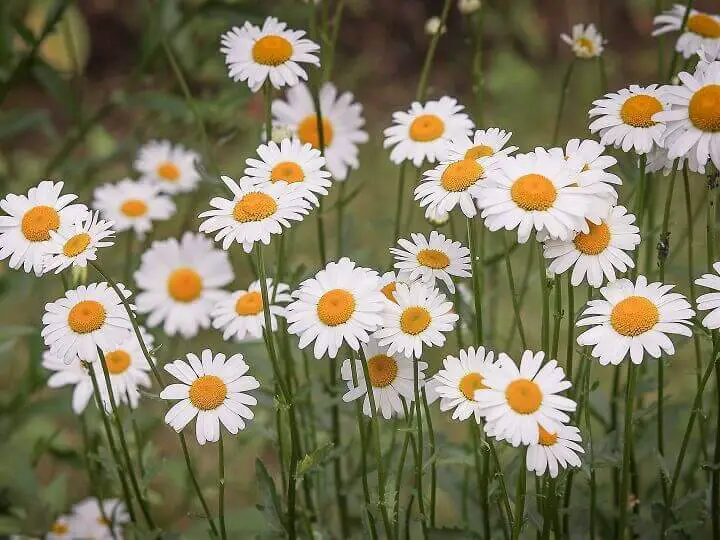
The common daisy can be used as a home remedy to help relieve the pain of arthritis and rheumatism. A poultice applied to the skin aids in wound healing.
15. Dandelion
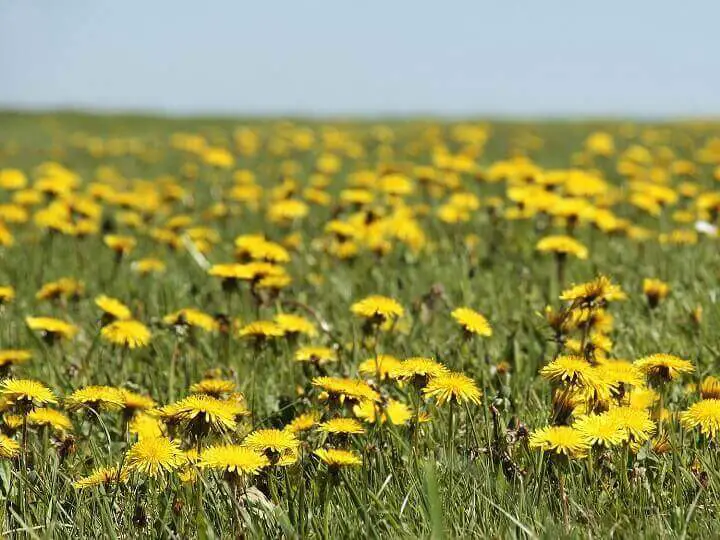
You're right; the dandelion is considered a weed, but its flowers have antioxidant properties.
Here are medicinal uses for dandelion flowers:
- treat anemia and other blood disorders
- use as a laxative
- stimulate the appetite
- help digestion
- boost kidney function.
16. Elecampane
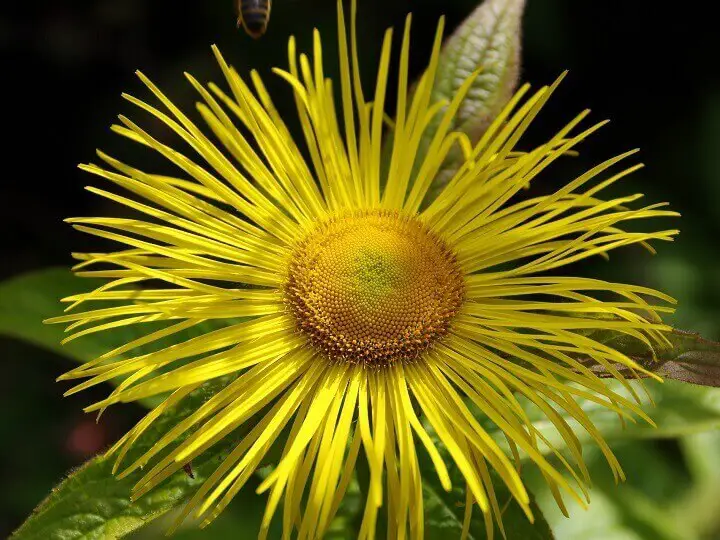
This large biennial plant produces yell daisy-like blooms that can help treat:
- congestion
- colds
- sore throat
18. Gardenia
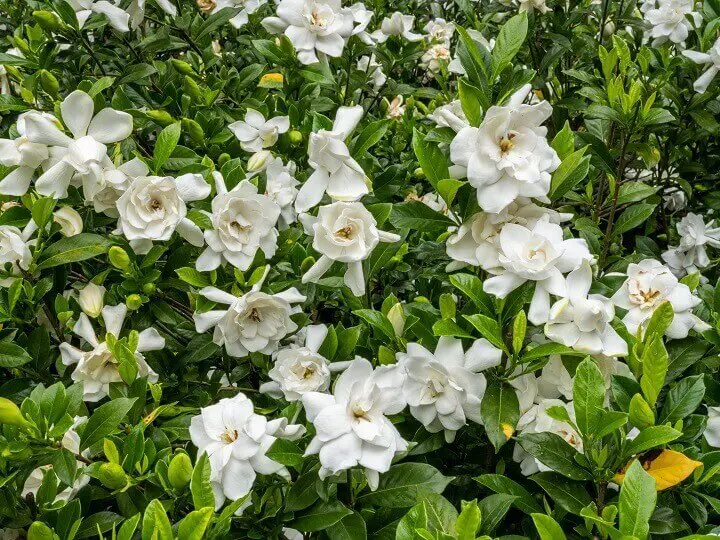
The heavily fragrant gardenia is a fixture in Ancient Chinese medicine. It is used to treat the following:
- blood ailments
- bladder problems
- depression
- anxiety
- insomnia
- viral infections
19. Hibiscus
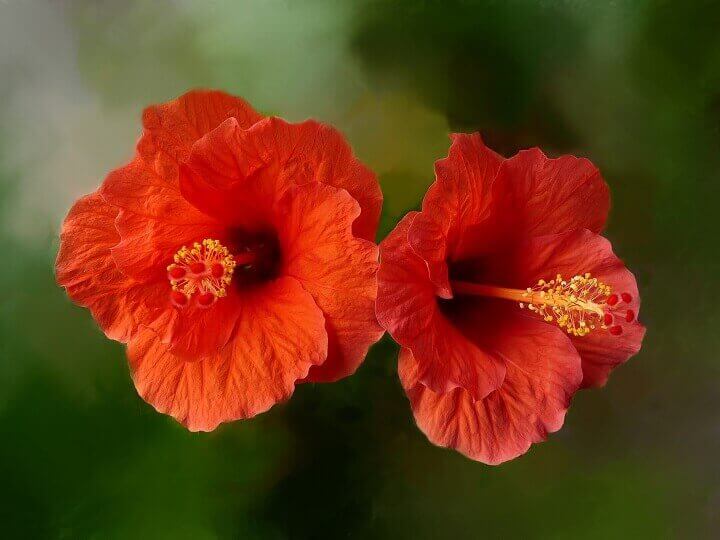
The red, pink, white, yellow, and orange petals and leaves of this flower are used in Ayurvedic teas to help lower blood pressure. Hibiscus also helps relieve:
- diarrhea
- cough
- hair loss
20. Honeysuckle
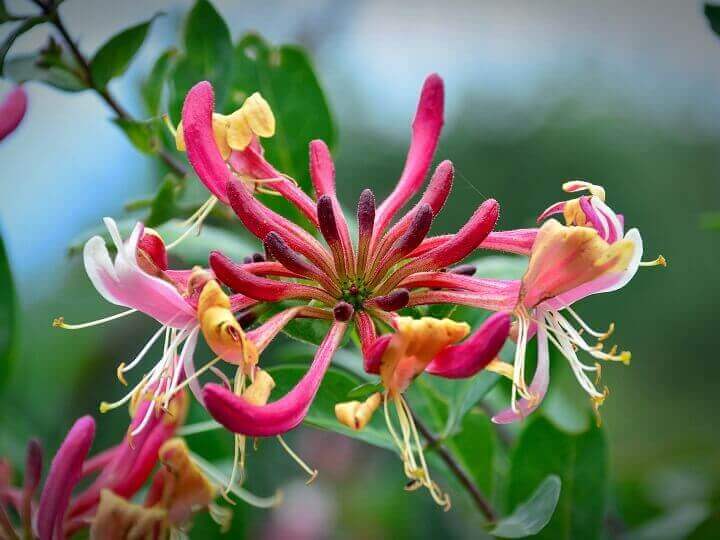
You can eat honeysuckle flowers raw and use them in an antibacterial gargle that helps soothe a sore throat. Or, you can make a paste with the petals to treat skin inflammation or rashes.
21. Hyssop

Since Biblical times, hyssop has been used to improve blood circulation and treat the following ailments:
- sore throat
- bronchitis
- chest congestion
- rheumatism
- arthritis.
22. Jasmine
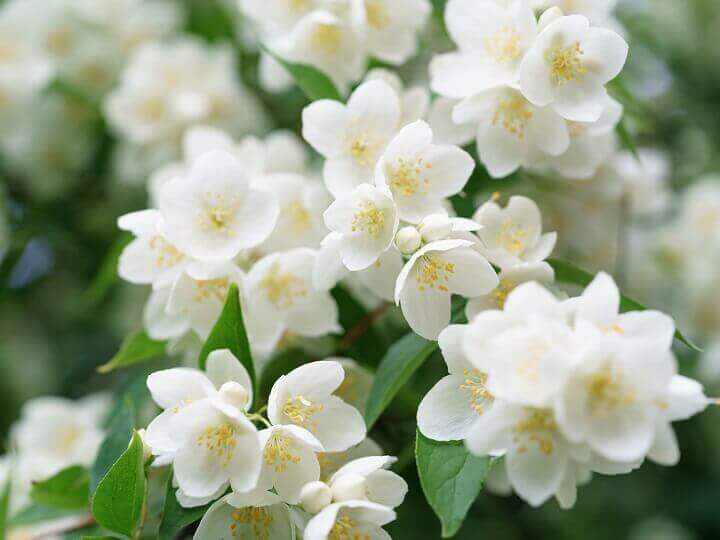
Sweet-smelling jasmine flowers are part of the olive family.
For centuries they have been used to:
- aid digestion
- reduce the pain of stomach ulcers
- ease anxiety
- reduce insomnia
- relieve menstrual pain
23. Lavender

The soothing fragrance of this perennial flower is used to stress, anxiety, tension, and various body aches and pains. Oil made from lavender oil is helpful in treating burns and wounds. Or, you can try to make a relaxing lavender tea.
24. Lilac
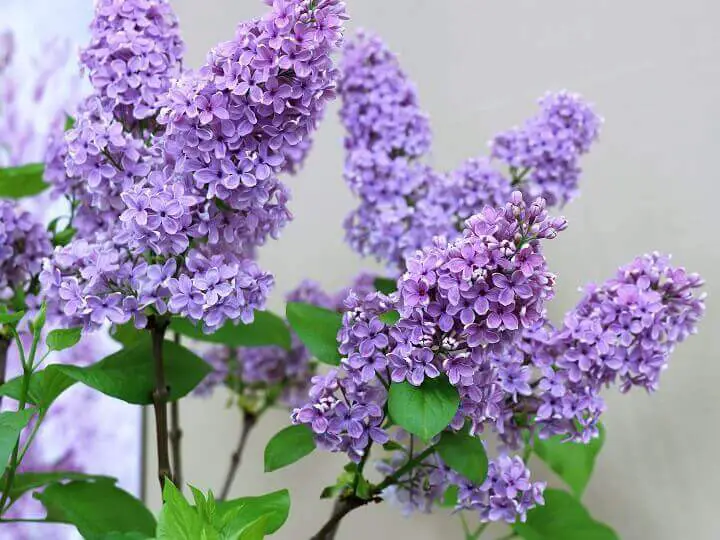
Steeped lilac petals are part of a medicinal tonic that helps lower a fever and expel internal parasites. You can also make a paste or gel with lilac that is useful in treating skin wounds or burns.
25. Lotus
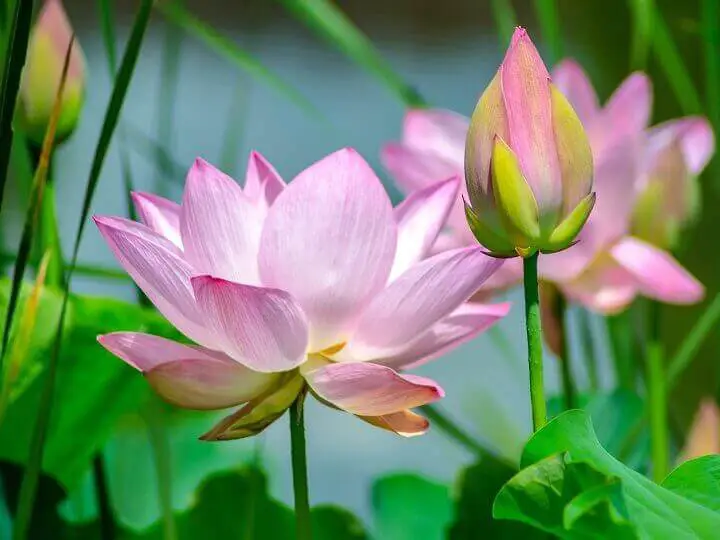
These large white or pink flowers are used in both Eastern and Western cultures to help relieve coughs and bronchitis.
The lotus flower also helps reduce:
- fever
- diarrhea
- indigestion
- high blood pressure
26. Nasturtium
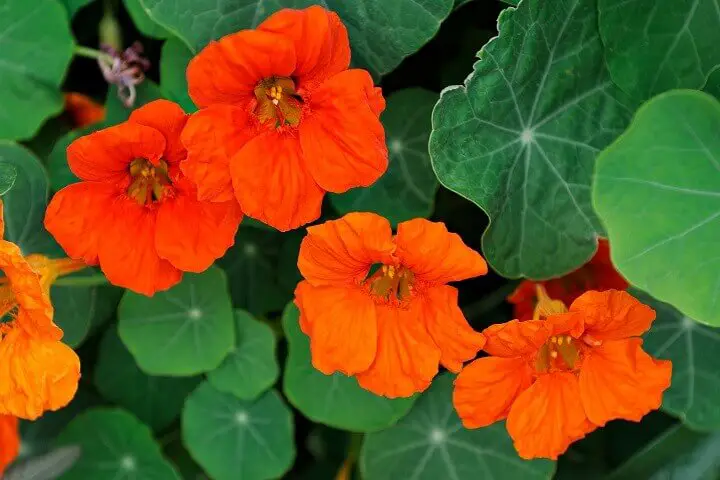
The nasturtium flower has anti-microbial properties that help make it an effective remedy against cold and flu symptoms. It is also used to treat bladder infections.
27. Passionflower
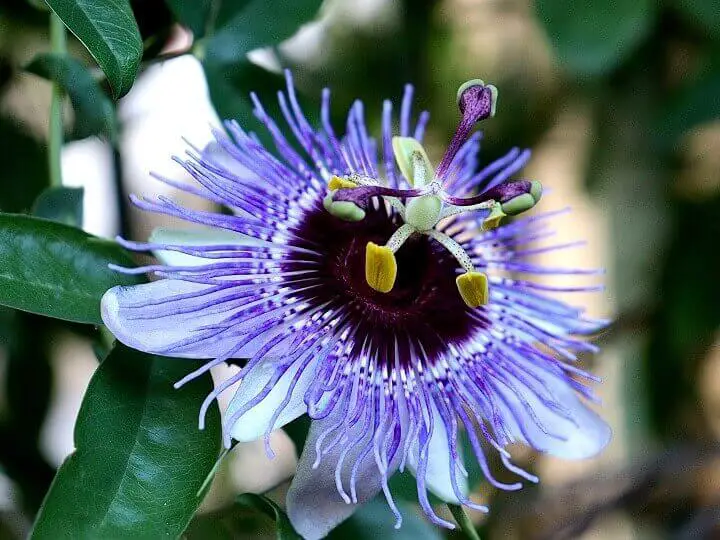
The passionflower, which attracts beneficial insects to your garden, has a high amount of antioxidants.
It's used to treat the following:
Want to start a homestead but not sure how?
Click Here to get a FREE book, "How To Homestead No Matter Where You Live."
- insomnia
- anxiety
- epilepsy
- high blood pressure
28. Peony
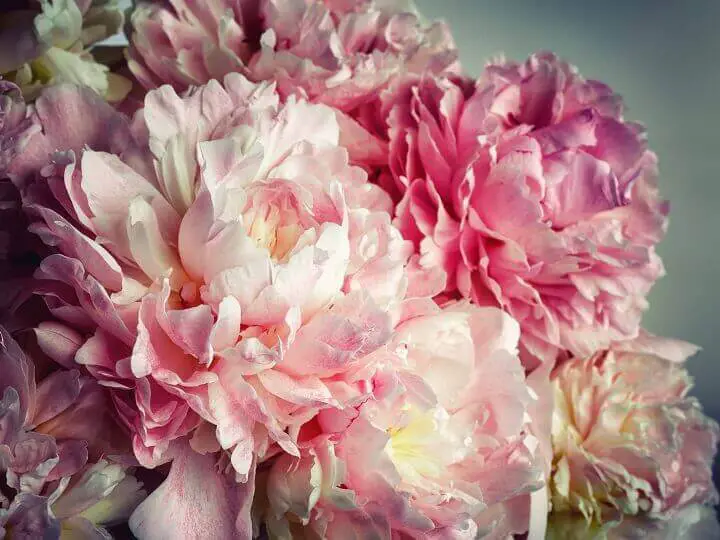
Ancient Chinese medical texts often refer to the peony and its use for treating muscular pain and menstrual cramps.
The stunning flowering perennial also is used to treat:
- hypertension
- chest pain
- muscle spasms
- fever
29. Plumeria
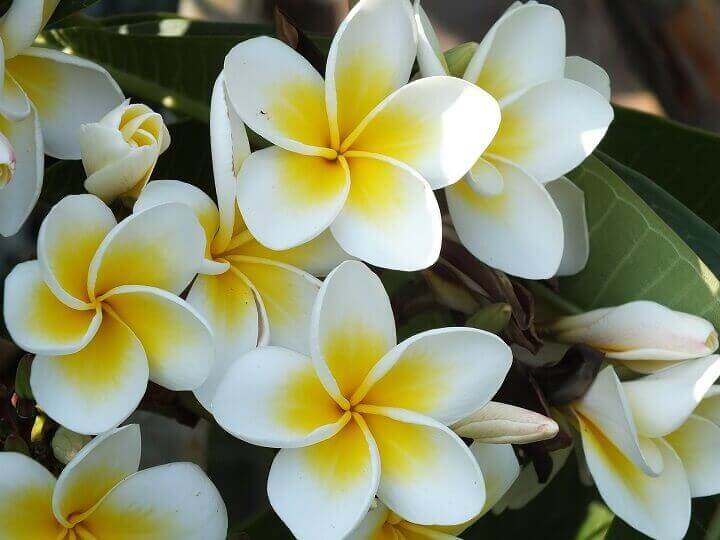
The yellow and white flowers of the plumeria are used to treat skin wounds and ulcers.
Other uses include the treatment of:
- nausea
- vertigo
- bronchitis
- headache
- tinnitus
- back pain
30. Rose
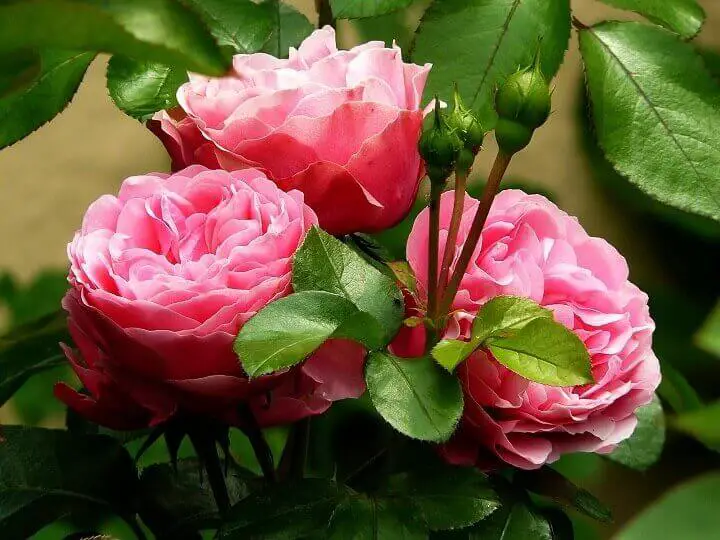
Roses contain Vitamins A, B, and C and are safe to eat raw.
Some of the medicinal uses of roses or rose hips are:
- increase blood circulation
- relieve depression
- work as a mild laxative
- improve skin condition, especially on the face
- soothe the stomach
- reduce cold symptoms
31. Rosy Periwinkle
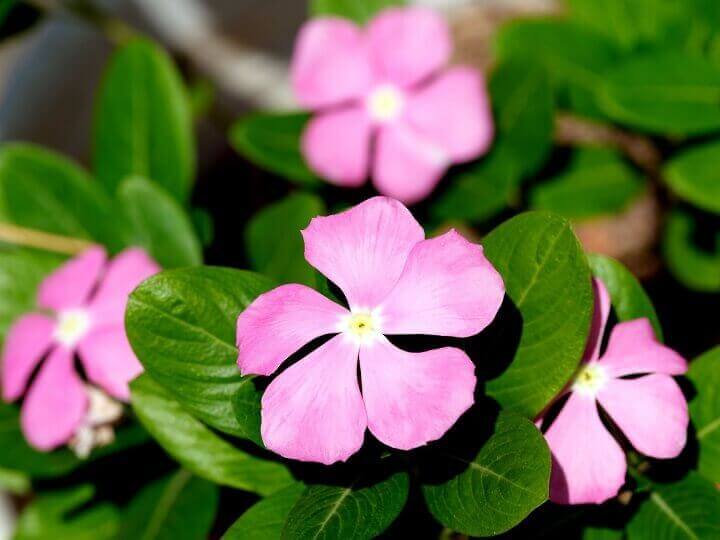
The Rosy Periwinkle is the ingredient in a traditional tea to treat tea for diabetes and high blood pressure. It also has been linked with treatments for leukemia and Hodgkin's Disease.
32. St. John's Wort
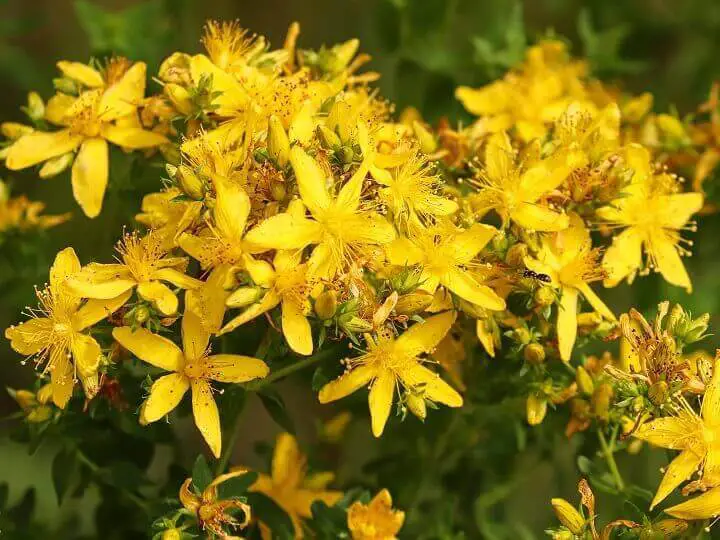
St. John's Wort produces bright yellow flowers that have been used to treat anxiety and depression.
In addition, the flower has skin-healing properties and is used to treat the following:
- genital warts
- nerve pain
- sunburn
- skin irritations and wounds
- muscle pain
33. Sage
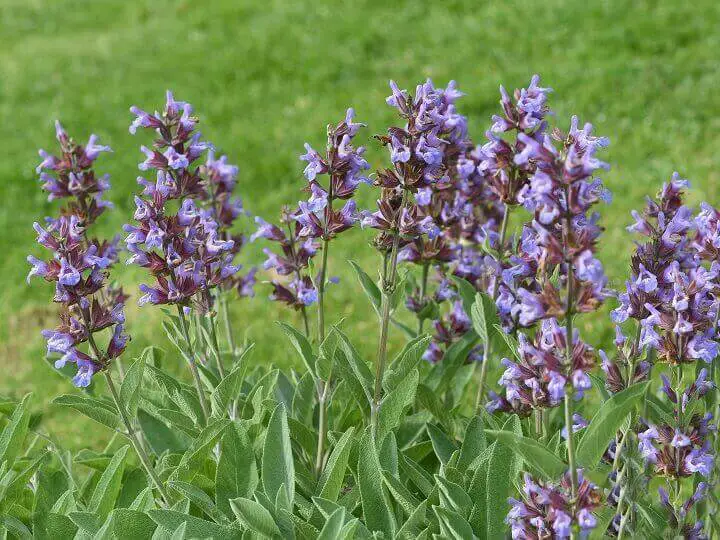
This fragrant biennial plant has grey-green foliage and long stalks of purple flowers. The flower has astringent properties and is used in the following medicinal ways:
- ease sore throat pain
- help heal gum disease
- reduce hot flashes during menopause
- lower anxiety
34. Snapdragon
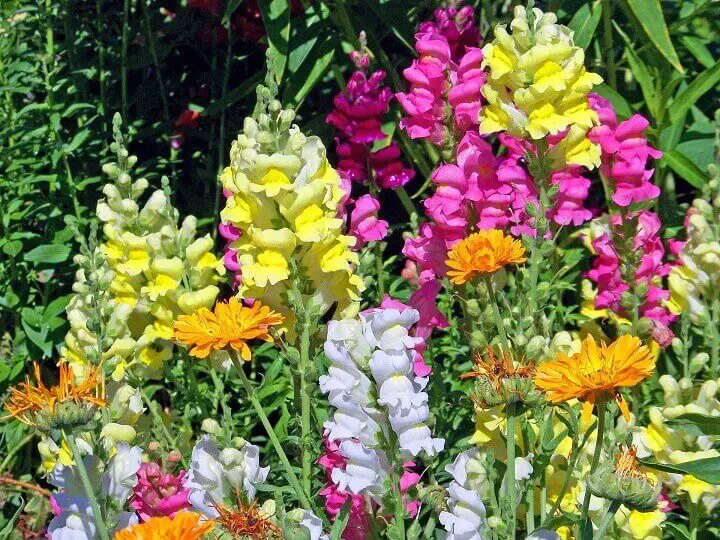
The tall and lovely snapdragon can work as a gentle mental relaxant. It can help relieve insomnia or stress.
35. Sunflower
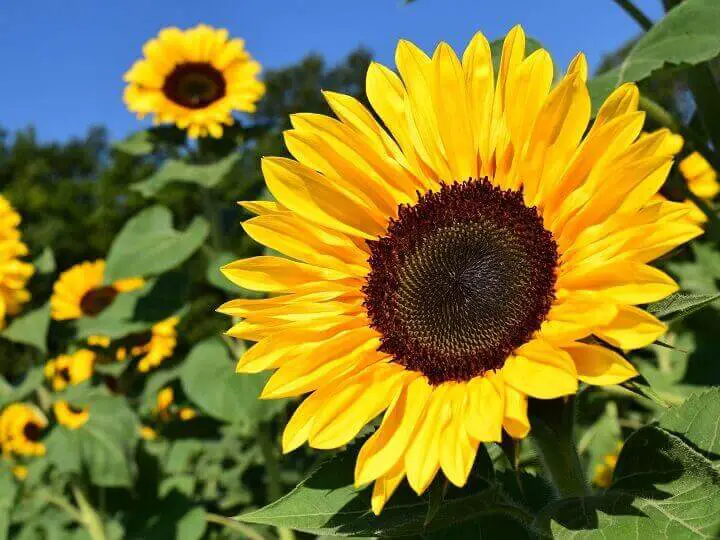
Sunflower tea helps relieve stomach ulcers and menstrual cramps. You can also use it as a gargle to help reduce sore throat pain. Sunflower seeds are a rich source of Vitamin E, B1, B6, manganese, magnesium, and niacin. And a poultice made from sunflower helps take the pain and swelling out of insect bites.
36. Valerian
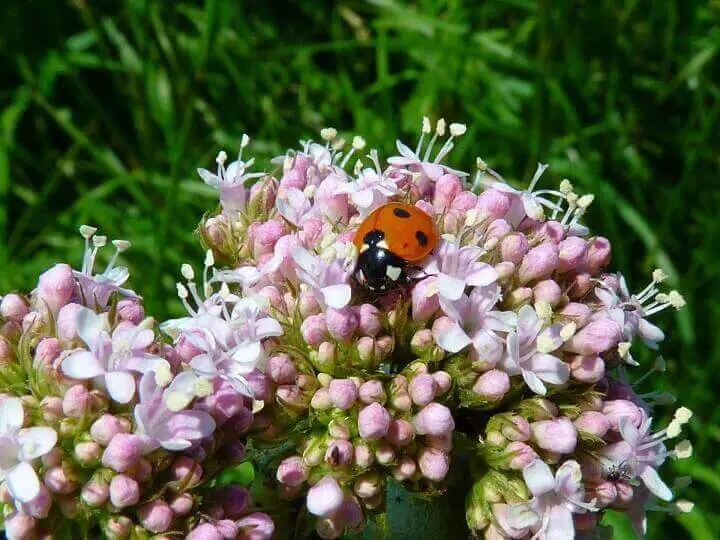
This flowering perennial's use in medical treatments dates back to Ancient Greece, where it was used to treat insomnia, fatigue, migraine, and stomach cramps. Ancient folklore states that Valerian root can help heal heartbreak.
37. Yarrow
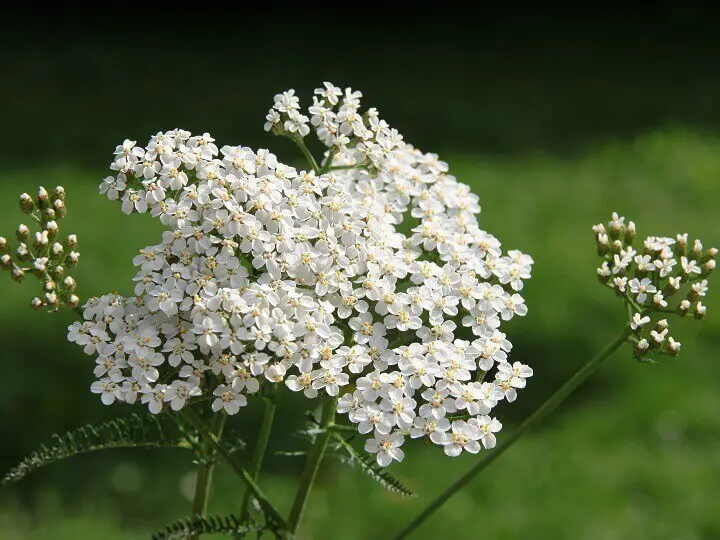
You can make a simple poultice by chewing some yarrow for a minute or so and then placing it on a wound, insect bite, or burn. Chewed yarrow can also help relieve toothache pain. Yarrow tea can help lower a fever and reduce cold symptoms.
Finally, if you are interested in finding out more about using flowers as part of your therapeutic tool kit, here is a list of resources to check out.
- The Herbal Academy (online education)
- Medicinal Plants: A Folding Pocket Guide to Familiar Widespread Species by James Kavanagh
- The Homesteader Herbal Handbook by Jenni Rempel
- The Comprehensive Guide to Herbalism for Beginners by Ava Green
- The Healing Garden by Juliet Blankespoor
- Peterson Field Guide To Medicinal Plants & Herbs by Steven Foster
Like this post? Don't Forget to Pin It On Pinterest!
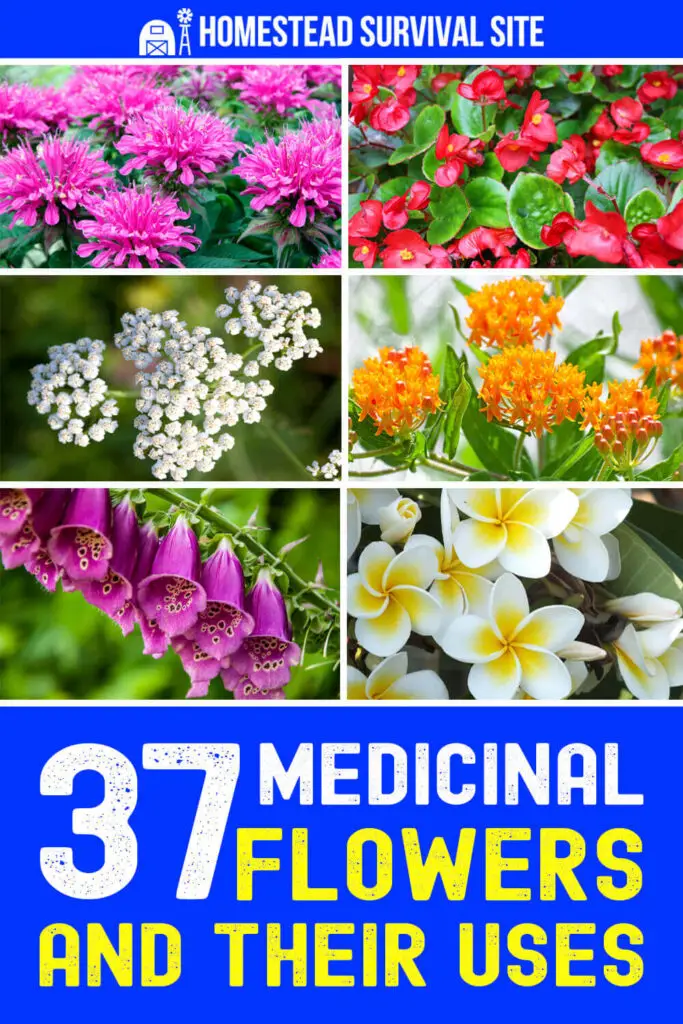



your photo of nasturtiums is actually a pansy. I’m sure that I’m not the first one to point this out
Here’s one of the sources for the photo of a nasturtium:
https://www.google.com/search?q=nasturtium&source=lnms&tbm=isch&sa=X&ved=2ahUKEwjE45Km8-r9AhVeIjQIHam2CMMQ_AUoAXoECAEQAw&biw=1536&bih=722&dpr=1.25
Digitalis purpurea (foxglove) is poison dont use as deskribed in this artickle, in worst senario you will be dead.